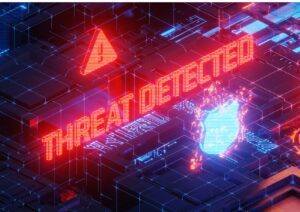Get Used to Mobile-Device Discovery
December 9, 2013
E-discovery of data stored on mobile devices has become part of the civil litigation process. Many organizations when faced with mobile e-discovery – about 40 percent of respondents to a survey from the author’s firm’s – hire a third-party provider to extract data from devices. Another 20 percent simply seize the actual devices. Only about 20 percent of respondents actually use a collection kit to obtain a forensic copy of ESI on devices. Reliance on third party forensic service providers is based on the complexity of the devices combined with the relatively specialized software required to collect the data.
To be ready for mobile discovery, it is critical to know what types of data are on mobile devices, how to acquire and process that data, and how to export and produce it if required. Creating an effective, defensible legal hold strategy for mobile devices is especially challenging. Unlike laptops and network shares, mobile devices are designed to manage and expire inactive texts, call logs and other volatile ESI.
The author provides a list of minimum requirements for corporate legal departments that are considering conducting mobile device discovery in-house. The system must be able to: collect ESI from the three dominant OS platforms; acquire an image of the device in a two-to-four-hour period, with minimal custodian impact; require minimal user training or software certification for device collection/authentication of evidence; search and inspect device image/container files; filter by type/date/names; and extract ESI metadata, content items and chain of custody information.
Read full article at:
Daily Updates
Sign up for our free daily newsletter for the latest news and business legal developments.




